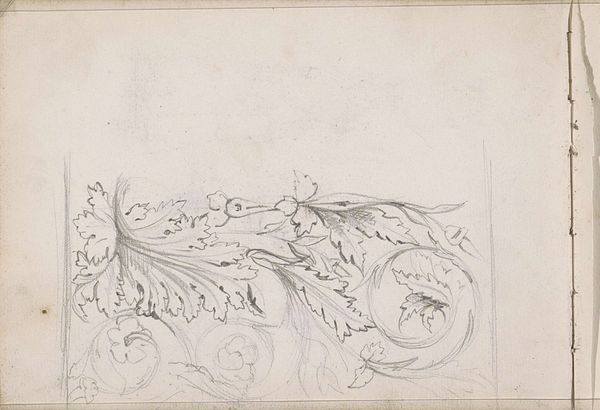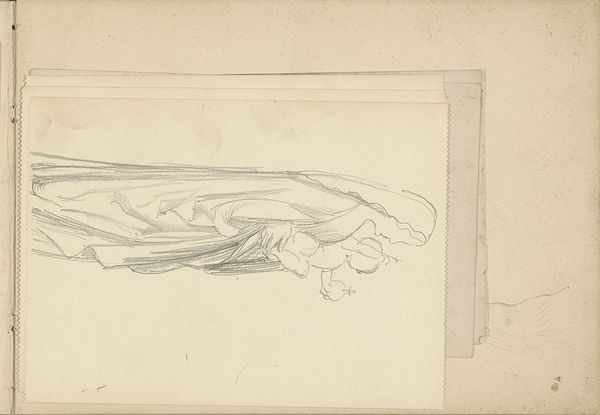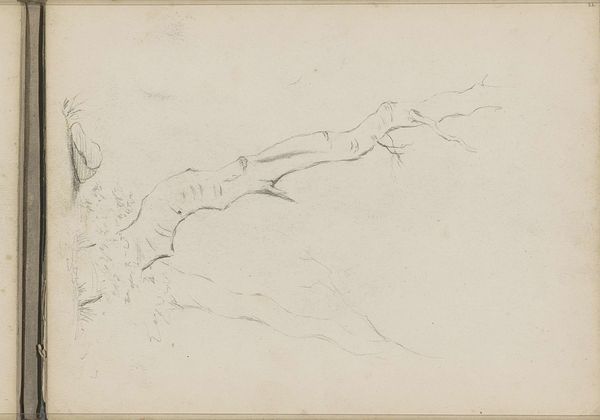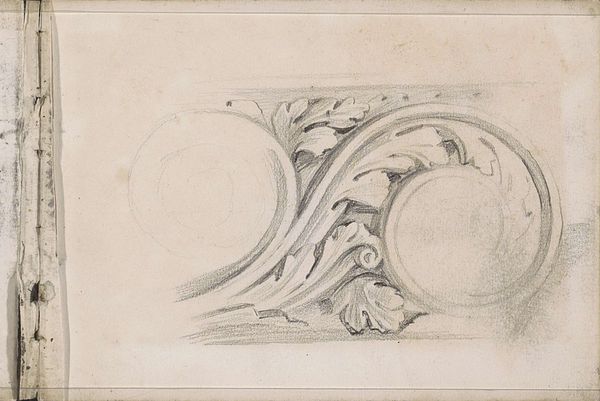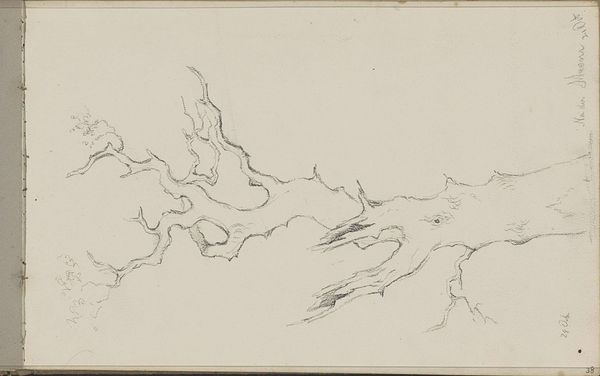
drawing, pencil
#
drawing
#
pencil sketch
#
pencil
#
academic-art
Copyright: Public Domain: Artvee
Curator: At first glance, the object seems… tentative, unfinished perhaps? The stark contrast between light and shadow, though delicate, gives it a ghostly quality. Editor: We're looking at Paul Cézanne's "Study of a Decorative Ornament," created sometime between 1879 and 1882. Executed in pencil, this drawing exemplifies a segment of Cézanne's academic pursuits. Curator: Ah, academic. That explains the rigorous attention to form and the rather classical subject matter. Yet, even within that framework, there is this tension—the softness of the rendering versus the inherent rigidity one associates with ornamentation. Is that tension reflective of broader anxieties of the time? Editor: I think so. The late 19th century was a crucible of social and artistic change, grappling with industrialization and questioning traditional systems. Academic art often served the purposes of state. So an artist engaged with these academic forms is automatically implicated. Is he critiquing these ideas, or supporting them? Curator: That's valid, because looking closely at his mark-making we could see those rigorous repetitions are clearly leading towards geometric forms that break into curved or asymmetrical shapes. Notice the meticulous repetition, suggesting mass production that runs opposite any artistic intention, and perhaps, is what he is investigating in this work? Editor: The history of ornamentation itself is closely linked to social status and power. Did Cézanne seek to elevate it? Democratize it perhaps? Pencil drawings democratize it! Here's something interesting—these objects once belonged to aristocratic homes but by this stage in history we can reproduce drawings in any printed format at a lower cost and they would, therefore, exist in many other domestic settings. Curator: So in terms of decoding this "Study," one could analyze it on purely formal grounds: exploring line, texture, the use of negative space, the light which falls irregularly, and the ways that asymmetry can also be related to chaos. Editor: I'm compelled by thinking about its role within the cultural institutions and the academic framework through which artists have been evaluated for centuries! Seeing something like this gives me much pause. Curator: Yes, the convergence of its aesthetic qualities and societal relevance enriches our comprehension—a dual reflection for today’s context as well!
Comments
No comments
Be the first to comment and join the conversation on the ultimate creative platform.

